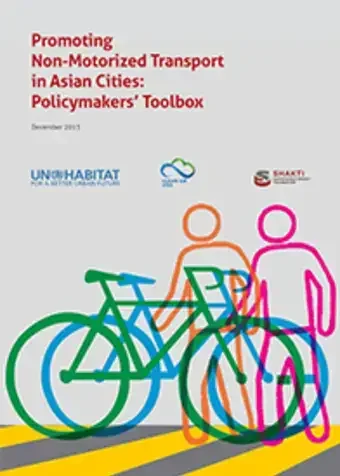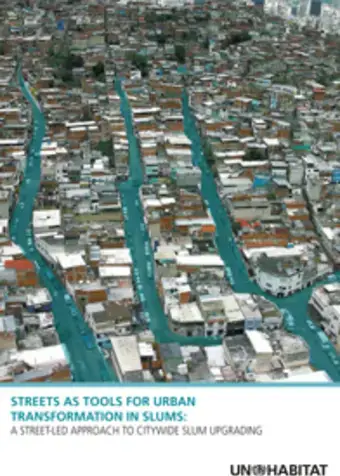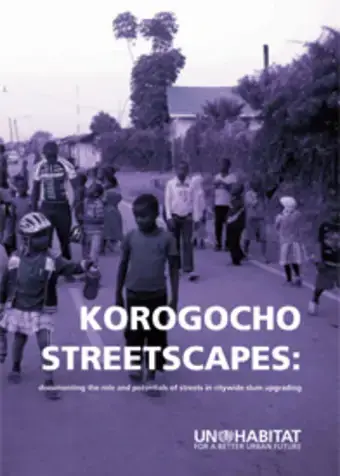The strategy brought forward by Claudio Acioly (UN-Habitat) uses streets as the natural conduits that connect slums spatially and physically with the city and treats streets not only as a physical entity for mobility and accessibility -- through which water and sewerage pipes, power lines, and drainage systems are laid – but also as the common good and the public domain where social, cultural and economic activities are articulated, reinforced and facilitated.


